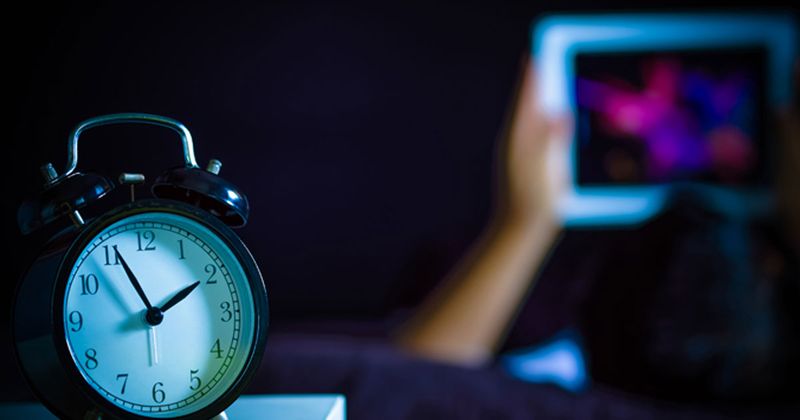Immersive virtual reality intervention may improve adolescents’ sleep
An intervention combining cognitive relaxation and distraction strategies through immersive virtual reality technology and slow breathing may help adolescents improve sleep quality, according to research presented at SLEEP 2020.
“Insomnia disorder frequently emerges during adolescence, and it is a severe health concern,” Dilara Yüksel, PhD, postdoctoral fellow at the Center for Health Sciences at SRI International in Menlo Park, California, said during the presentation. “In the pathophysiology of the disorder, it is well known that stress and the reactivity to stress may trigger insomnia disorder, and especially an abnormal stress reactivity may trigger or exacerbate the disorder in some adolescents. Since insomnia in adolescence is still underrecognized, and therefore also undertreated, many kids who require help don’t really receive it.”

The findings were initially published in Sleep, the journal of the Sleep Research Society, in May.
Yüksel and colleagues enrolled 29 adolescents aged 16 to 18 years, 10 of whom had sleeping difficulties and 19 who did not. Participants underwent two nights of polysomnography — one control night and one relaxation night.
In the relaxation night, participants completed slow diaphragmatic breathing to promote downregulation while engaging in an immersive virtual reality environment designed to promote relaxation and distraction for 20 minutes before bedtime.
Yüksel and colleagues determined that the intervention significantly and immediately increased participants’ perceived relaxation and reduced worry.
They also found that participants’ heart rate dropped from the period before to after the relaxation intervention. There was no evident change in heart rate during the control night.
Sleep onset was also shorter by about 6 minutes and there was a 3% increase in sleep efficiency during the VR relaxation night compared with the control night, according to researchers.
Researchers did not identify a difference in response to VR intervention between participants with and without insomnia and found that sleep quality was improved in all adolescents during the relaxation night.
“Our results are really promising since they suggest that our novel intervention may help adolescents with and without insomnia symptoms relax, and therefore enable the transition to sleep,” Yüksel said. “However, the results are still preliminary, and there is more research in large samples sizes needed to further determine the feasibility and the effectiveness of this new intervention.”

